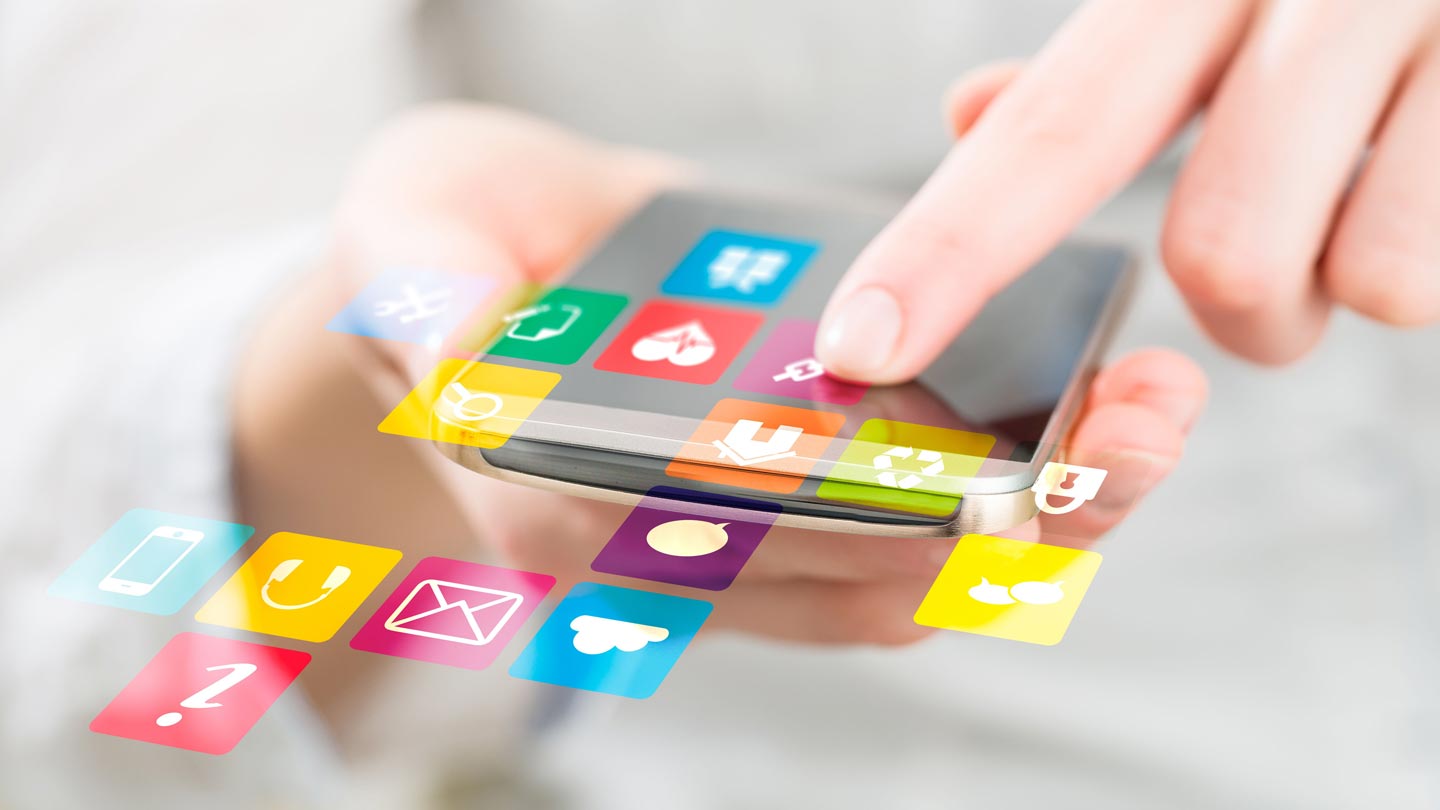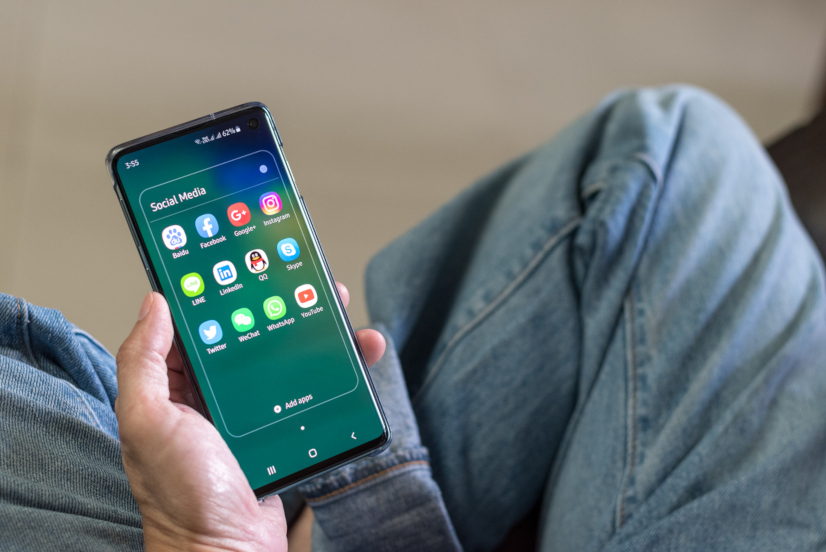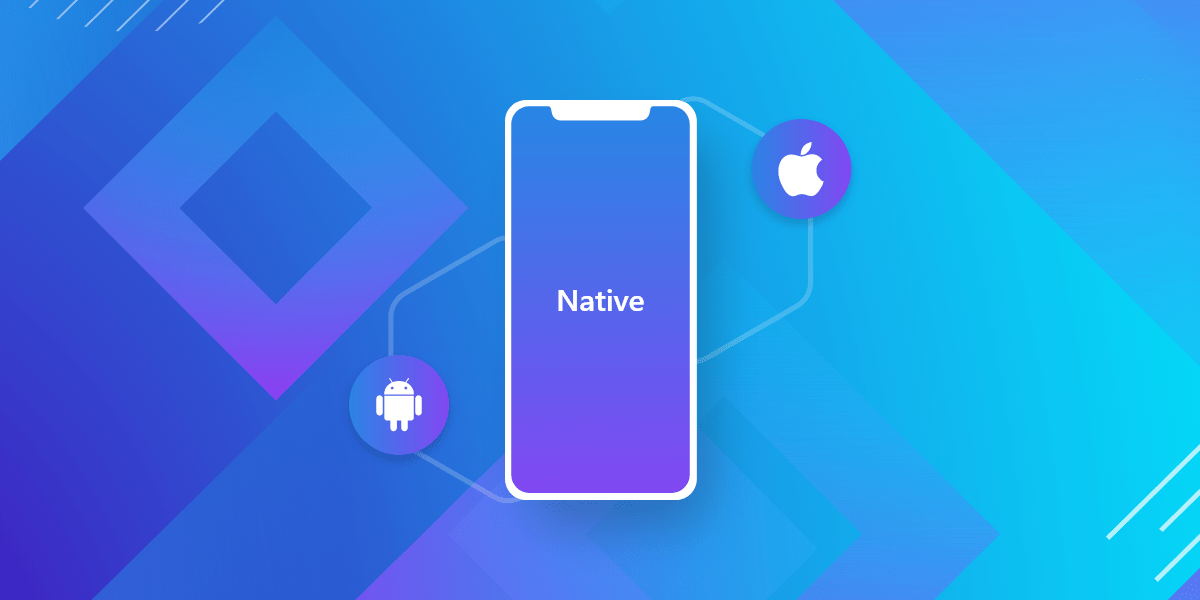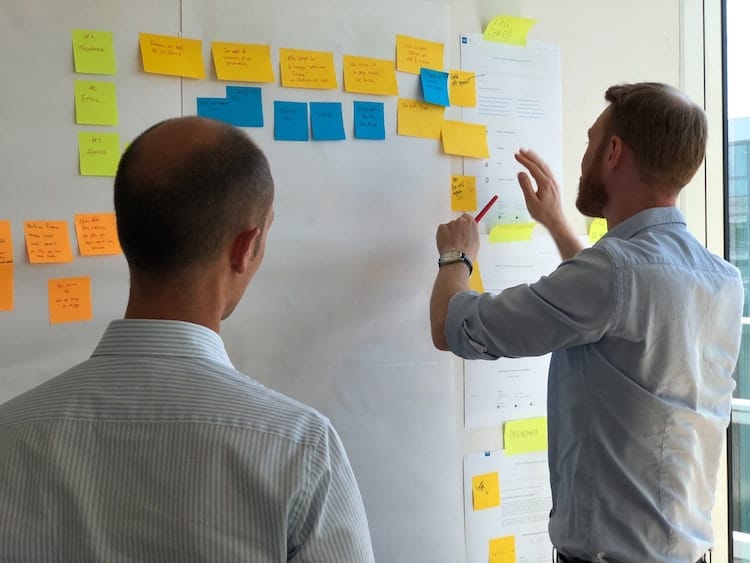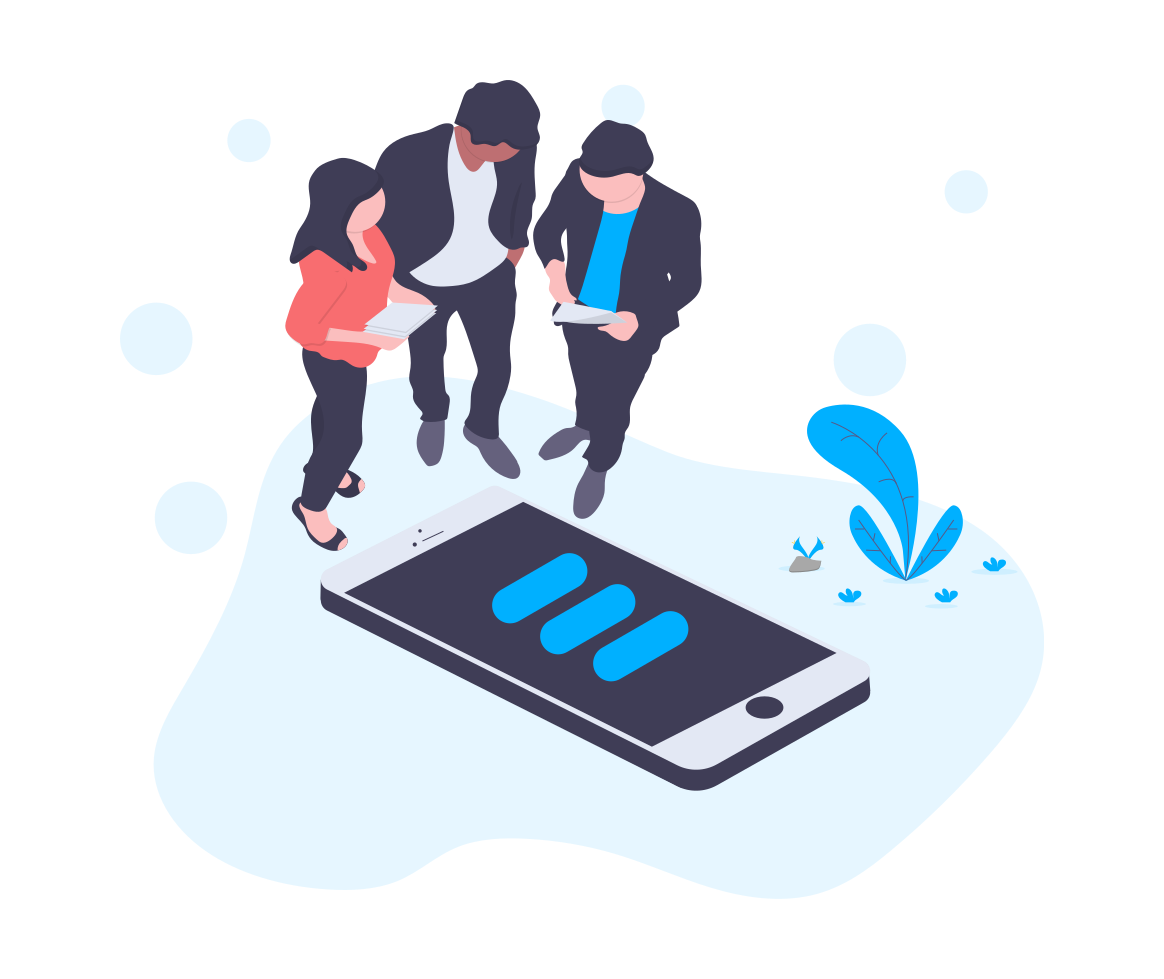The mobile app development landscape is as varied as it is evolving. With an array of development frameworks to choose from, businesses are often caught in the quagmire of deciding between native, hybrid, and multiplatform app development approaches.
Continue readingWhy Native Mobile Apps are Still the Superior Choice
In today’s digital age, mobile apps have become an essential part of our daily lives. From social media to productivity tools and everything in between, there seems to be an app for everything. But have you ever wondered what sets apart the apps that you enjoy using the most? Chances are, they are native mobile apps. In fact, most of the apps running on your phone and the top apps on app stores are native apps. Despite the rise of hybrid apps in recent years, native apps continue to offer several advantages over hybrid apps. In this article, we will explore why native mobile apps are still the superior choice in 2023.
Continue readingGoing Native: Why Choosing a Native Mobile App Language Over a Hybrid App Is Future Proofing Your App
In today’s digital world, mobile apps are a critical part of our daily lives. They are used for everything from shopping and banking to entertainment and socializing. As a result, businesses and developers are constantly seeking ways to create mobile apps that stand out from the crowd, offer superior performance, and deliver the best user experience possible. One of the biggest decisions that developers face is whether to choose a native or hybrid mobile app language for their project.
Continue readingWhy Sidekick Believes in Native Mobile App Development
People have been creating and using mobile apps for as long as there have been mobile phones. But it wasn’t until the iPhone was released in 2007 that Mobile App Development took off, especially because of the popularity of the iPhone, its marketplace, and its large tactile screen. Mobile app development is the process of designing and building mobile apps. There are two main types of mobile apps in 2023: native apps and hybrid apps. Native apps are built specifically for one platform, such as iOS or Android. Hybrid apps are built using a single source of code and can be run on multiple platforms.
Continue readingHow a Client Used White Labelling to Pay For Their Mobile App Project
White labelling means creating a product or service that another company can use and put their own name on it. White-labelling native mobile apps can be a great way to add value to your business. By white labelling an app, you are essentially creating a product that somebody else can use and put their own name on it.
Continue readingHow Are You Setting Up Your Digital Product Roadmap?
Digital product roadmaps help organizations to plan, develop, and manage complex software products. Agencies work collaboratively with their clients to create a digital product roadmap that supports their objectives. The roadmap must consider the organization’s requirements for its product, such as the target audience and desired features. It must also take into account any constraints or limitations, such as budget, timeframe, and technology.
Continue readingMaking Snow Removal Easier for Citizens Through Azure and Mobile Apps
Sidekick Interactive has worked with the city of Montreal to developed native mobile apps for citizens living in the city to receive reliable and timely notifications about snow removal operations. The INFO-Snow app was built using native iOS and Android technologies, Swift and Kotlin, and is powered by an Azure back end. Citizens can quickly get up-to-date information through push notifications that are sent directly to the native mobile app.
Continue readingUsing the Popular Ping Identity Framework in a Native App
Most people think that in order to create a successful mobile app, you need to do everything in-house. This simply isn’t the case. In fact, there are a number of third-party services and integrations that can help make your app more successful, such as Ping Identity. But implementing external tools can sometimes be less rosy than the sales documentation leads to believe. In this article, we’ll discuss how we overcame some challenges posed by the Ping Identity Framework.
Continue readingBuilding a Mobile App – Why You Need a Mobile First QA Strategy
It’s no secret that the mobile app market is booming. In fact, according to a report from App Annie, global app downloads reached 175 billion in 2017, and that number is expected to grow to 258 billion by 2021. With numbers like that, it’s no wonder so many businesses are interested in creating their own mobile apps.
The technology has made its way to our iOS phones and iPads already. Not only tech-savvy people or IT engineers but normal users can also perform a scan and send/share it to receive or provide essential (or at least useful) services.
